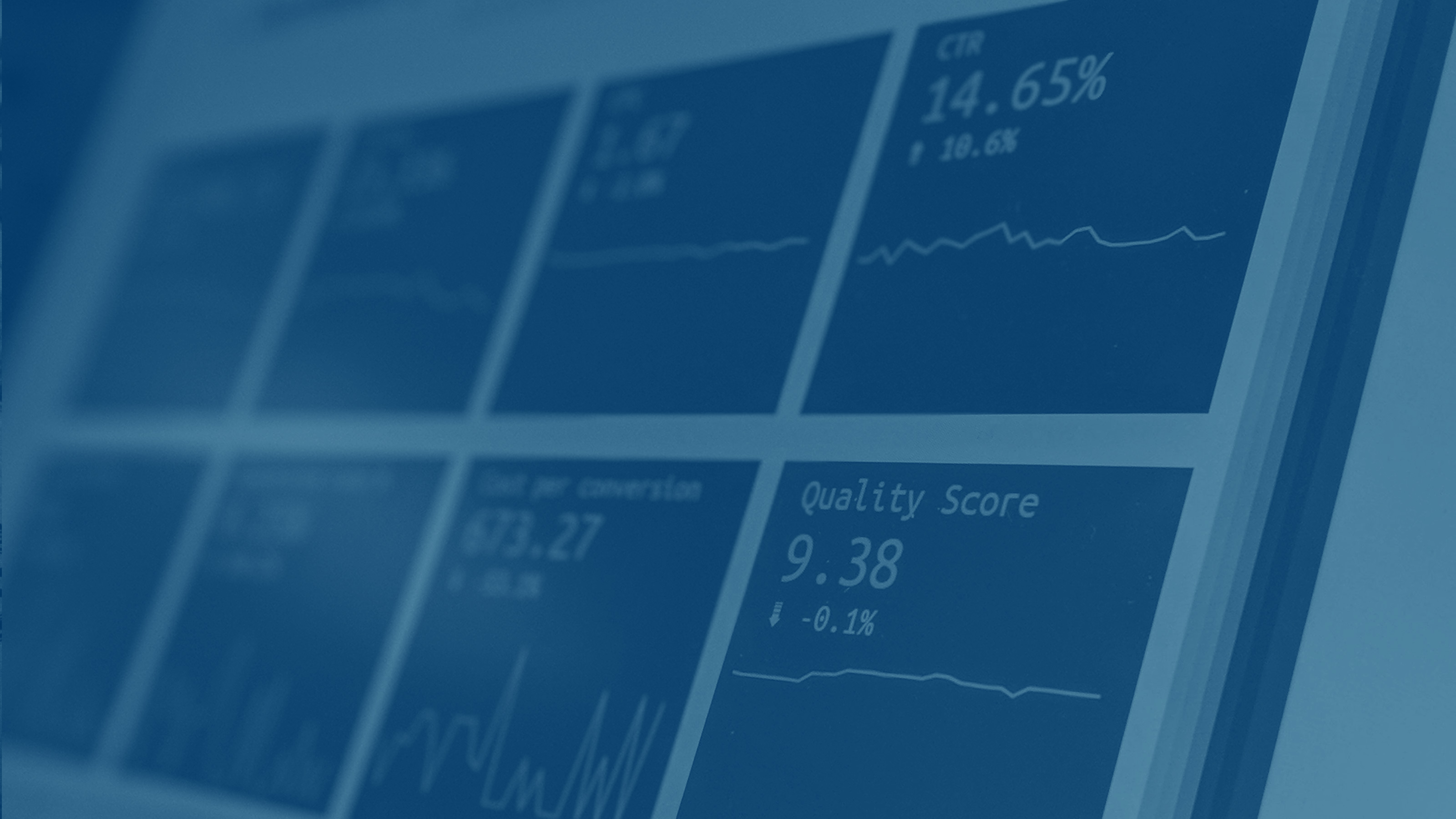Amazon PPC Cost – How much should I spend for my Amazon PPC campaigns?
When you’re setting up your first Amazon PPC campaigns, it’s sometimes easy to feel lost in all the parameters—especially at first. You’ve probably asked yourself:
- How much will my Amazon Sponsored Products cost?
- What should I set as my budget for Amazon PPC?
- What if my budget is limited? How can I get the most for my money?
- How much traffic do I need?
Let’s begin with the last question, as sellers often underestimate the importance of this question or—worse—do not answer it for themselves at all.
How much traffic should my Amazon PPC campaigns generate?
Let’s be honest: PPC optimization is “just” about processes, and those processes require data. Every single ad impression, click, and order generates crucial data and consequently, your focus should be on generating as much (relevant) data at the beginning of your PPC campaigns as possible.
Why should your goal be generating more data? From a mathematical point of view, more data is always better. The reason is that the conclusions you can draw from a large data set are more reliable. With more data comes more reliability, because you’ve captured variability and trends over time. For example, when your ad generated a single click and that single click (randomly) led to an order, your conversion rate was 100%. Is this measured (empirical) conversion rate the same conversion rate you would expect after 100 or 1.000 clicks? Probably—no, definitely not. The real challenge is that the expected conversion rate is difficult to predict. We need actual campaign data to become better at predicting conversion rate over time, as well as other relevant campaign data.
But before you get overly excited, there are your resources to consider. As every click costs money, “more and more data” ultimately means “more and more cost.” Because you don’t have unlimited funds, theory has to become practical when it comes to data and your Amazon PPC cost.
The real goal of generating data is to collect “enough data to start the bid management process.” If this is the goal, how many clicks do we need per keyword? If we assume a conversion rate of 4%, and we want to generate enough clicks so that we can expect two orders, we have to generate 50 clicks (2 / 0.04 = 50).
As a typical cost per click (CPC) ranges from 30 to 40 cents, your expected investment per keyword and SKU is 15-20 dollars. When you have a lot of products and a lot of keywords added to your manual targeting campaign, we are quickly speaking about quite a significant investment.
So, naturally, the next question is:
How can I save money when I have a limited budget for my Amazon PPC marketing?

Tip #1
Focus on your top sellers. Do not run ads for all products right away. By reducing the number of advertised products, you are reducing the total investment while still generating relevant data to optimize your Amazon PPC performance. With a focus on just your top sellers, you can use the following formula to calculate your required initial investment:
Total Investment = Number of products * number of keywords * average cost per click * 50 clicks
There’s another reason we suggest focusing on your top sellers. These products typically have much better click-through- and conversion-rates, which reduces your cost per click and increases the revenue you can expect per click. Your Amazon Advertising Cost of Sales is calculated by:
ACoS = cost / sales
As you can see, lower cost and higher sales leads to a lower ACoS, so top sellers tend to be more profitable.
Tip #2
Invest time into your keyword research to find more relevant long-tail keywords. Long-tail keywords have a lower monthly search volume and tend to have lower click prices. Lower CPCs reduce your total investment and, given a certain budget, enable you to get more clicks (and thus more data) from your budget.
What should I set as my budget for my PPC campaigns?
With the calculated total investment at hand, we can now set the campaign’s daily budget, which is one of the key campaign parameters.
Let’s discuss Amazon PPC cost vs. budget for a moment, so the differences are clear. It’s important to note that the campaign’s daily budget is different from the total cost in two respects:
- Time dimension
Total cost has no time dimension, while the campaign’s daily budget is the maximum cost per day. If you have a capital constraint, you can simply reduce the campaign’s daily budget and thereby spread your investment over a longer time period. You’ll still generate data, but it will trickle in more slowly in this case. - Multiple campaigns
Because you typically have more than one campaign, the total cost has to be divided among your campaigns.
What about if you are running both auto-targeting and manual targeting campaigns? If so, you might think the intuitive approach would be to simply give both campaigns the same budget, but that’s not necessarily ideal. Here’s why: when you set up new campaigns, the auto-targeting campaign usually generates more traffic (cost) at first. The goal for the manual targeting campaign is to help Amazon realize that our product is relevant for a large variety of search phrases (keywords). For this to happen, Amazon needs time (data) to realize that relevancy.
As we will explain in another article in greater detail, you should analyze daily which search queries generated traffic for you. Then, add those search queries to your manual targeting campaign as keywords, and add those keywords to the negative keywords (exact match) of your auto-targeting campaign. Over time, you will block more and more keywords in the auto-targeting campaign. Consequently, traffic and cost will shift towards the manual targeting campaign. It’s ideal to regularly check and adjust the generated cost and the defined budget of your PPC campaigns.
A big difference between Amazon and Google, Facebook, Instagram is this: Generating traffic on Amazon is part of the challenge, and as a result your actual Sponsored Products campaigns’ cost is usually much lower than your defined budget. It can be tempting to set a very high budget, but you should be careful.
Here’s why: ideally your campaigns are very profitable. When this is the case, more cost means more profit. However, click prices and conversion rates fluctuate, and profitability can be volatile. A campaign that has been profitable in the past can become unprofitable. To limit your risk, use the campaign’s daily budget for Amazon PPC campaigns as your safety net. This requires a calculated balance—the budget should be high enough that it doesn’t restrain your campaign’s growth, but it should be set low enough to limit your losses when your campaign’s performance deteriorates.
Growing our Amazon business is why we all get up in the morning. From experience, though, we know you’ll sleep much better knowing that you have a safety net in place. You’ll be set up for success when it comes to your Amazon PPC marketing.
Do you have ideas or questions or would you like us to check your current campaign parameters? Please feel free to contact us or comment below. We are always glad to help.



